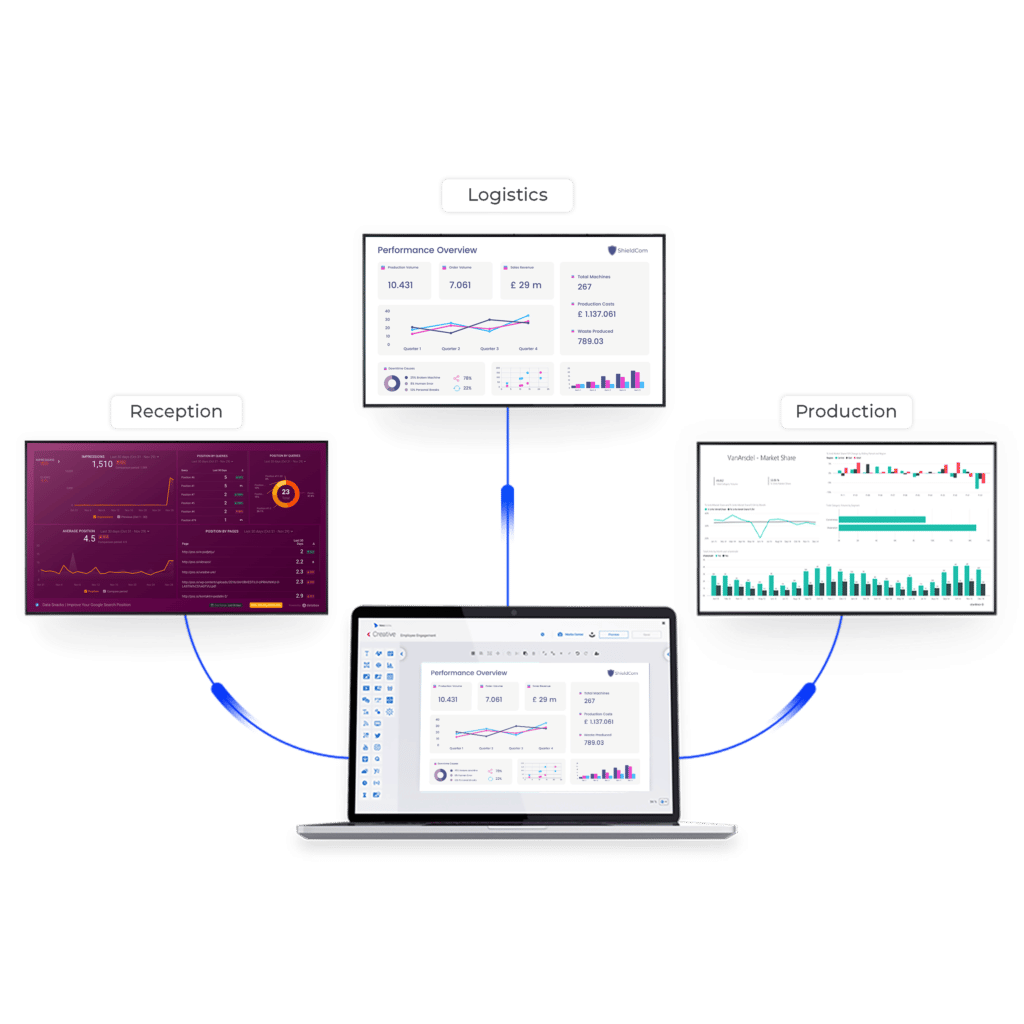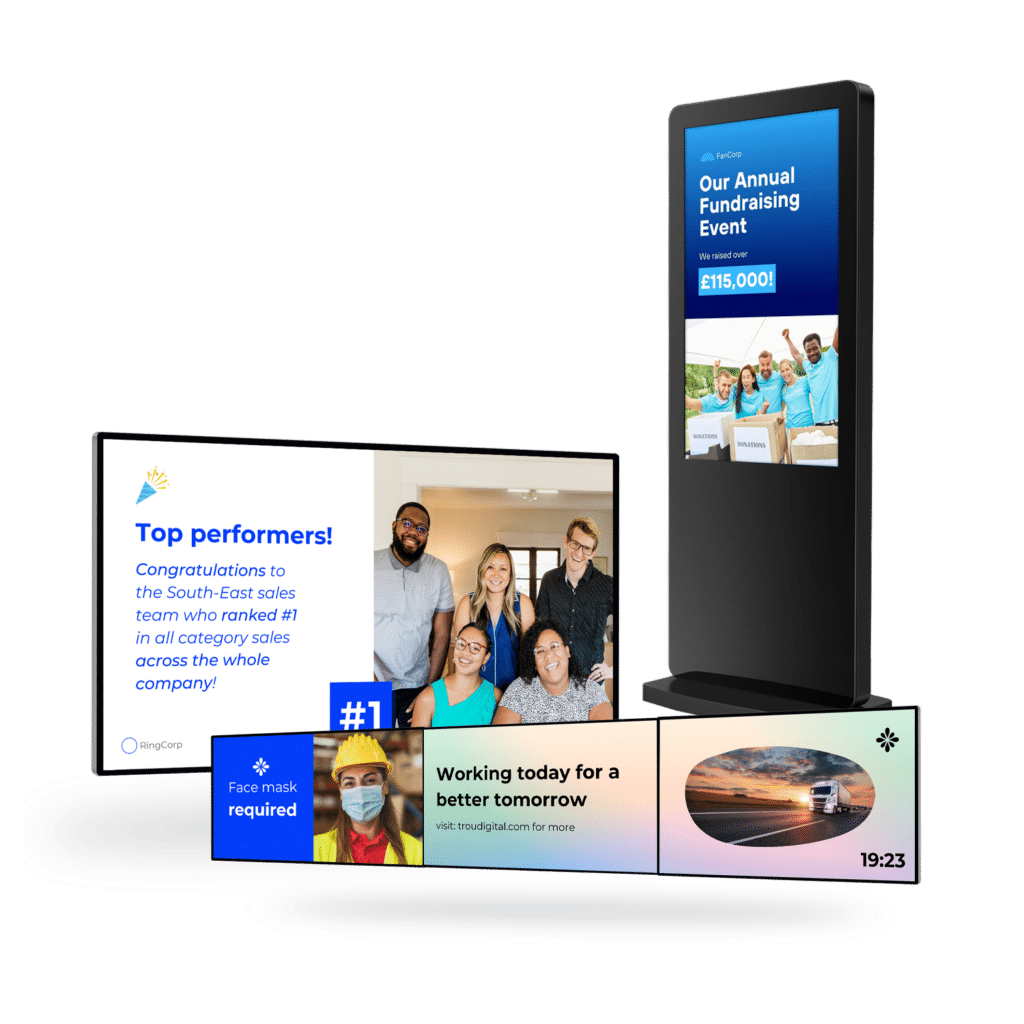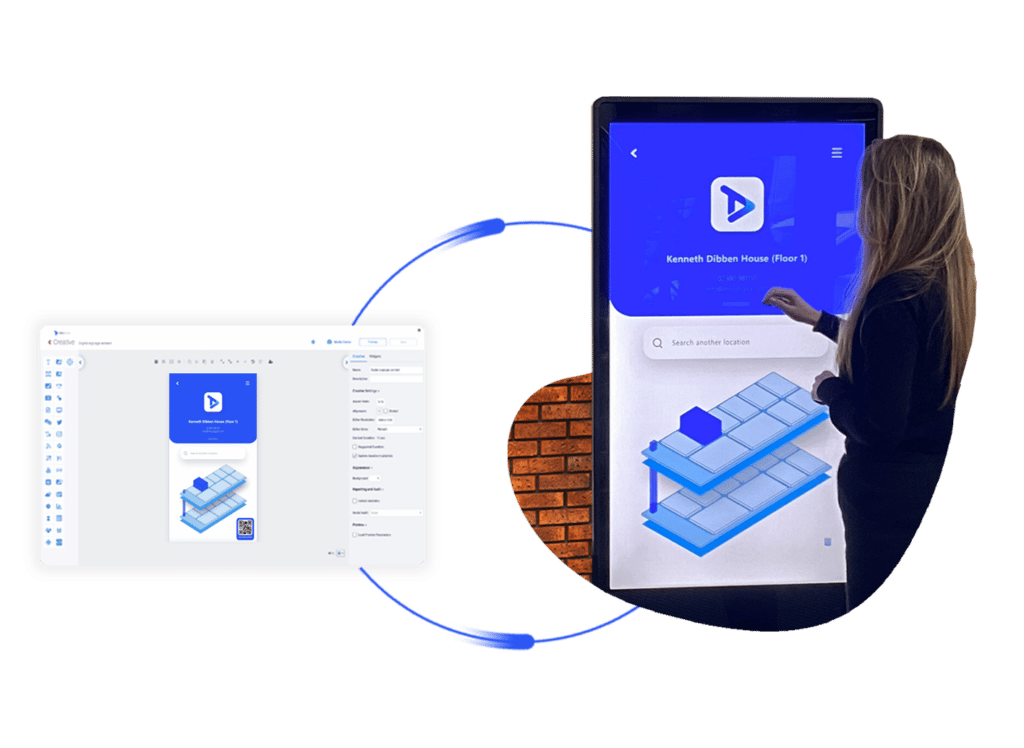With the rapid digital transformation and evolving work environments, the importance of a well-devised digital workplace strategy cannot be overstated. It gives a competitive edge to organisations across all sectors and industries, catering to all models of operation – from in-person to fully remote.
Despite the significance of creating a digital workplace, only 63% of respondents in a 2023 Reworked survey see it as a critical or high priority. In fact, the digital workplace remains a work-in-progress for 73%.
This article offers a comprehensive guide to navigating this landscape, highlighting the importance, benefits, and elements of a successful digital workplace strategy.
Table of Contents
What is a digital workplace strategy?
A digital workplace strategy refers to the alignment of business goals, technology, and employees to provide a flexible, secure, and efficient work environment. Its ultimate goal is to optimise resource allocation and improve employee productivity, satisfaction, and retention.
Defining the concept of digital workplace strategy is closely connected to establishing what a digital workspace is. The digital workplace can be considered a natural evolution of the conventional working environment. It is an integrated technology framework that creates a virtual equivalent of a physical workspace.
The importance of the digital workplace model goes far beyond remote and hybrid work arrangements. It is equally relevant to physical workplaces, such as in-person offices, manufacturing, healthcare, educational facilities, hotels, and restaurants.
Why Implement a Digital Workplace Strategy?
As the workplace evolves, embracing a robust digital strategy is crucial to avoid being left behind. Here are the most relevant considerations in favour of developing and executing a digital workplace strategy.
Enhanced Employee Productivity
A strategic digital workplace initiative directly contributes to increased operational efficiency. By empowering staff with flexible, accessible tools, it accelerates task completion, fosters innovation, and leads to a more proactive workforce.
Increased Employee Satisfaction
Adopting a digital workplace strategy provides your team with flexibility and empowers them to perform their tasks faster. This translates into improved work-life balance, leading to increased job satisfaction and better chances of retaining top talent.
Improved Communication
In today’s rapidly evolving business landscape, fluid communication is pivotal for providing timely and relevant corporate content delivery.

A robust digital workplace strategy ensures seamless interaction, keeps employees abreast with relevant updates, and facilitates a more connected, inclusive organisational culture.
How do you create an effective digital workplace strategy?
Developing an effective digital workplace strategy aims at creating a balanced blend of people, technological tools, content creation, and insightful metrics. In this section, we will explore the key elements of this process, providing a comprehensive digital workplace strategy example.
Technology
The backbone of an effective digital workplace strategy lies in the robustness of its technology stack. Your digital toolbox should be designed to meet your organisation’s distinct needs. Here are some key components enhancing internal communication and collaboration:
- Digital Signage Solutions: Digital signage software facilitates real-time information delivery, improving communication and engagement across your organisation.

- Instant Messaging Software: Tools like WhatsApp Messenger, Microsoft Teams, and WeChat allow for instantaneous communication and collaboration, fostering a cohesive digital work environment.
- Collaboration Tools: Platforms like Trello, Slack, and Asana streamline workflow and enhance productivity by keeping everyone aligned on tasks and timelines.
- Data Storage and Sharing: Google Drive and Dropbox facilitate easy and secure sharing and storage of data, promoting efficient collaboration.
- Video Conferencing Software: Tools like Zoom or Google Meet are crucial for running multiple location businesses and flexible work arrangements. Such platforms enable face-to-face interaction while eliminating the need for the participants to share the same location.

Remember, the successful adoption of these technologies should be guided by the specific needs and culture of your organisation, and seamless integration of these tools is vital to prevent operational silos.
Content
Creating the right content is equally important for both external and internal communication systems. This holds particularly true for a digital workplace, where content must be engaging, relevant, and easily accessible to all teams and employees in your organisation.
Remember, employees are also consumers in their personal lives, so their workplace experience should mirror that level of engagement. Fortunately, it’s a mission made possible with the availability of all technology we discussed above.
Incorporate an array of content formats such as knowledge bases, support documentation, “how-to” articles, videos, or even chatbots to deliver internal help, facilitate the adoption of new platforms and solutions, and shorten the learning curve for your team. Go a step further by enabling your employees to create their own content. Let them share it with their teammates using dedicated channels, which will foster a culture of knowledge-sharing and collaboration.
Measure the Right Metrics
Quantifying your digital workplace strategy is paramount. Use analytics to identify key performance indicators (KPIs) such as:
- Workflow efficiency
- Employee satisfaction
- Net promoter score (NPS)
- Software return on investment (ROI)
- Employee turnover rate
- Internal content consumption
- Mean time to resolution (MTTR)
- Application adoption
- Employee proficiency
- Onboarding completion rate
These metrics will provide a comprehensive view of your strategy’s effectiveness and help steer future decision-making. You can even draw extra benefits by using them to motivate your team by sharing all important achievements using digital bulletin boards.
Experience
The ultimate goals of the digital workplace are improving productivity and customer experience. The journey to achieving these goals starts with your employees because it’s well-established that happy employees make happy customers. So, prioritising employee experience while designing a digital workplace is critical.
Digital signage software can help create an environment that promotes collaboration, encourages individual focus, and fosters a sense of community.

Solutions like a virtual portal can also offer managers a platform to acknowledge and celebrate the achievements of their team members. A digital workplace also contributes to developing a culture of recognition, which can go a long way to increasing employee retention and productivity.
Strategy & Implementation
An effective digital workplace strategy requires meticulous planning and execution. First, identify the needs of each department and how they can fully utilise a digital workplace. Then, create a detailed plan highlighting how to improve and optimise operations as the workplace evolves.
It’s important to assess the needs and workflows of each department to ensure the digital tools selected will genuinely enhance efficiency and productivity. Strong leadership is also required to guide the implementation process and drive ongoing improvement and adaptation. Such a strategic approach ensures a seamless transition to a digital workplace and its successful establishment across all teams and departments of your organisation.
Workplace Processes
A clear understanding of workplace processes is essential when devising a digital workplace strategy. It is also critical for selecting and introducing the right digital tools. The goal is not to replace but to streamline these processes. Effective digital strategies align technology with best practices and reshape processes to improve efficiency and productivity.
Access to Information
Digital workplaces should make information readily accessible to employees, saving time and promoting efficiency. This involves centralising information, such as staff directories and company policies, and ensuring it’s easy to navigate and search.
Embrace solutions that evolve information storage, delivery, and retrieval, ensuring employees can access the data they need when they need it. Implementing interactive digital screens or digital kiosks is an excellent and effortless way to keep your employees informed at all times.

Reasons Why a Digital Workplace Strategy Fails
Creating a digital workplace strategy is a complex process that requires careful consideration, planning, and execution. Despite best intentions, sometimes these strategies fail. Here’s why:
Focusing Solely on Technology and Not People
When deploying digital workplace strategies, many organisations tend to focus excessively on the technology itself and neglect the importance of people – the end-users. Technology should serve as an enabler, not the primary focus of your strategy.
Think of the ‘spray and pray’ method of communication, for instance. With numerous channels flooded with excessive and irrelevant content, the chances are employees are confused and unable to sift through the information and identify what is relevant and important to them. Opting for cascading communication instead can help avoid such risks.
Not Aligning with the Brand
Another common mistake is failing to align the digital workplace strategy with the overall brand identity. This can lead to a disconnect between the employees and the organisation’s values, goals, and mission, resulting in lower engagement levels.
The content and tools within your digital workplace should be personalised and branded to reflect your organisation’s unique identity. By making your digital workplace an extension of your brand, you can create a cohesive and engaging environment that resonates with employees and fosters a sense of belonging.
Transform Your Workplace with Digital Signage
A successful digital workplace strategy should put employees at its core, creating an environment that aligns with their work style and promotes engagement and productivity. It focuses on empowering employees with easy access to all necessary tools and resources. Digital signage is one of the most effective enablers of workspace digitalisation, facilitating effective collaboration and communication.
Looking to build a digital workplace with the help of digital signage? Speak to our expert team today!
